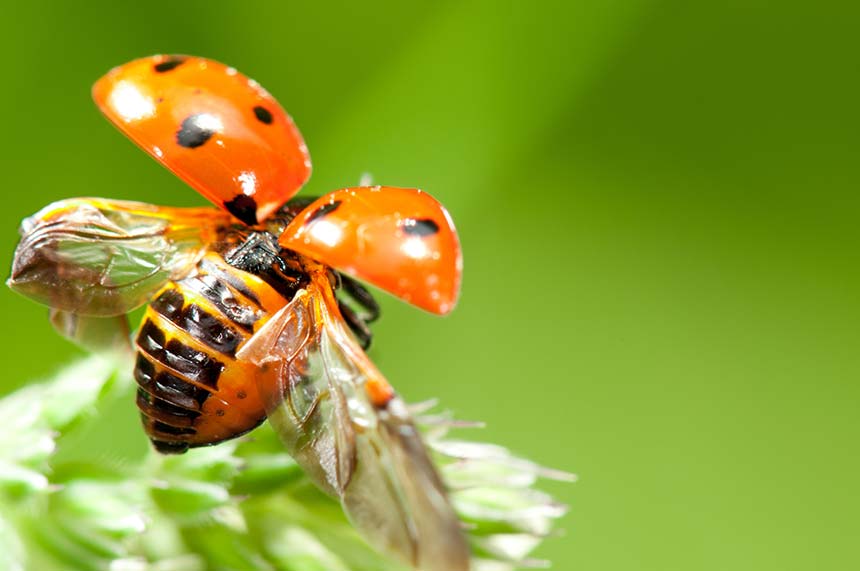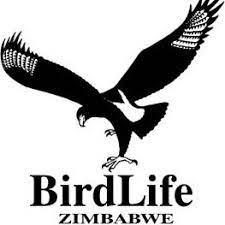Nature Quest
Activity #6NATURE QUEST ACTIVITY
Insect Safari

It’s time to explore the world of insects. Can you spot a spider, dragonfly or beetle? From beautiful butterflies and dainty ladybirds to slimy snails and impressive cockroaches – no matter where you are, you’re sure to have a fun safari.
Look everywhere – under logs and rocks, on leaves, in the grass and on walls. Just remember, to them you’re a GIANT! So be gentle to avoid hurting these tiny creatures who are more afraid of you than you are of them!

Did you know 80% of all the creatures on earth are insects? We simply couldn’t survive without them!
EQUIPMENT NEEDED
Bug hunting is bags of fun and all you really need are eagle eyes and an explorer’s spirit. However, if you’d like to take a closer look at the insects you find, you’ll need:
- Bug ID sheet
- Chunky, soft bristled paint brush
- Bug pot (a clean jar or pot with a lid will do)
- Magnifying glass
- A pooter/bottle bug catcher/sweep net (see ‘supporting resources’ section of https://www.rspb.org.uk/fun-and-learning/for-teachers/lesson-plans-and-supporting-resources/ for simple instructions on how to make these)
- A light-coloured sheet or big piece of paper (even a light-coloured umbrella will work)
- Camera or pens and paper
- Safari pith helmet (optional!)
STEP BY STEP GUIDE
1. Head out into your school grounds, playing fields or local green space – bugs can be found everywhere but please make sure you have permission and that the spot you choose is safe.
2. The trick is to get to their level – get up close and explore the little dark, damp and cosy nooks that a bug might like to call its home. Particularly good hunting grounds for things like scorpions, ants and spiders are dark damp spots under rocks or logs. You’ll most likely find creatures like ladybirds, caterpillars and aphids on flowers, plants and leaves. Use your sweep net to catch bugs easily on the edge of grassland areas.
3. Why not have a go at beating a tree? Don’t worry it won’t harm the tree or the creatures that are hiding in it. Place a sheet or large piece of paper under a tree with low hanging branches, gently shake them and you’ll be surprised to see what drops out!
4. If you’d like to take a closer look, use your paint brush to gently brush the bug into your jar (some of them are pretty quick so keep practising!) This will give you a chance to take a closer look with your magnifying glass, work out what you’ve caught and take a picture or do a drawing of your find. Don’t leave your bugs in the jar too long, particularly if it’s not ventilated and always put them back carefully where you found them.
Sites where you could do this activity:
- Mukuvisi Woodlands, Harare
- Haka Park, Harare
- Monavale Vlei, Harare
- Lake Chivero, Harare
- Hillside dams, Bulawayo
- Cecil Kop, Mutare
- Gosho Park, Marondera
Ask your teacher for a suitable spot near your school or use your school itself.
ASSOCIATED GAME

Who am I?
Attach a small piece of paper with the name of an insect onto the forehead of each child. They must then find out which creature they are by going around the group asking questions that only have a ‘yes’ or ‘no’ answer. The game is completed when everyone has worked out who they are.
FOLLOW-ON ACTIVITY
Create a classification chart for some of the insects you’ve found by answering questions such as how many legs does it have? Does it have wings? Does it have a shell?
Don’t forget to email or send us photos/drawings/writing to chirimutaronald@gmail.com or birds@zol.co.zw to demonstrate you’ve completed this activity.

